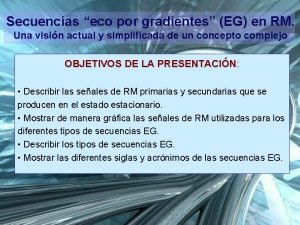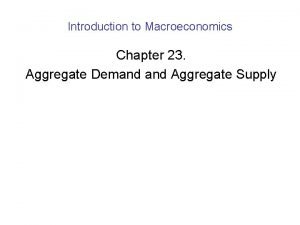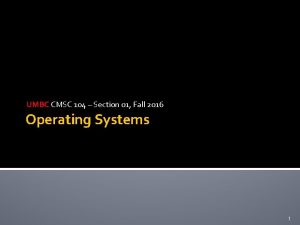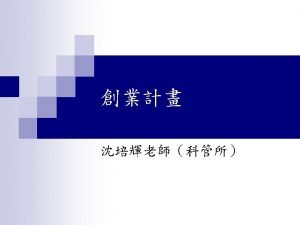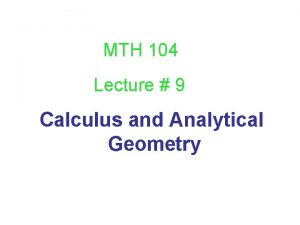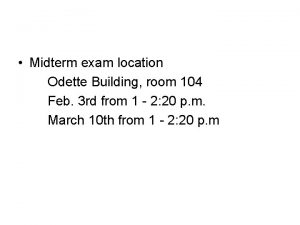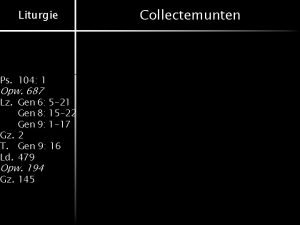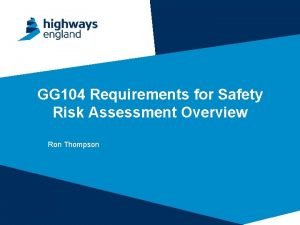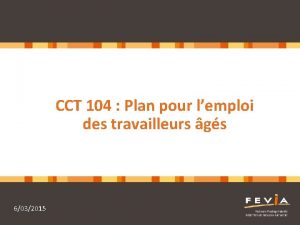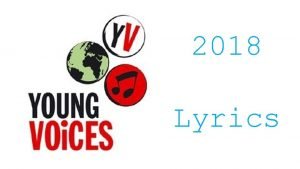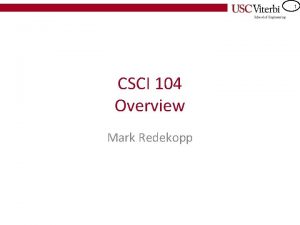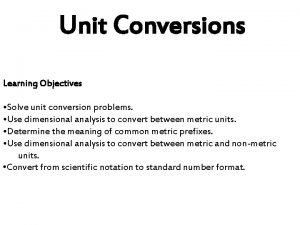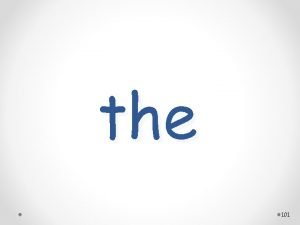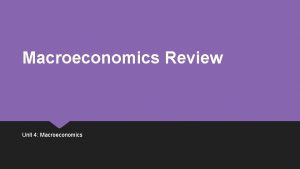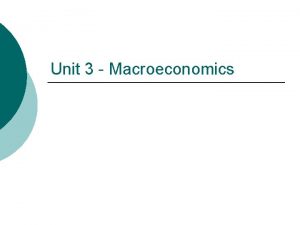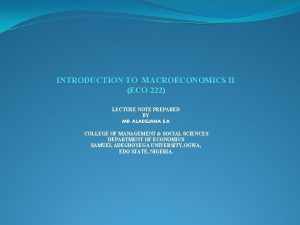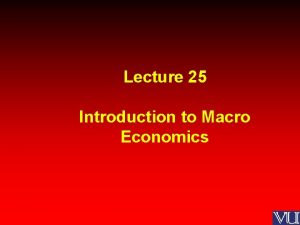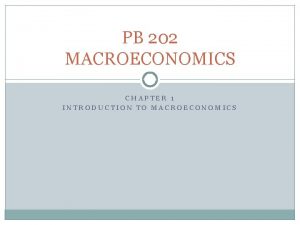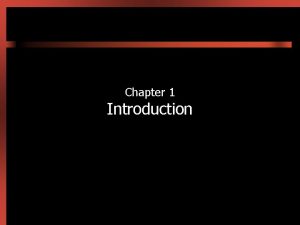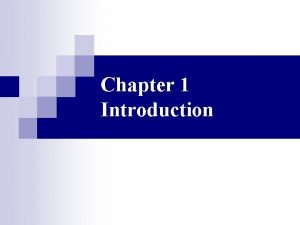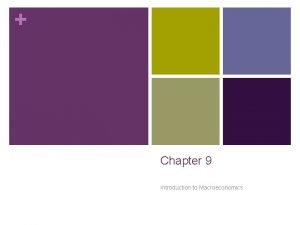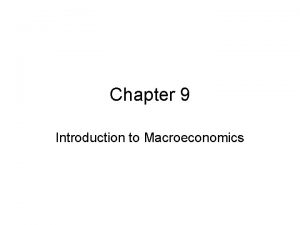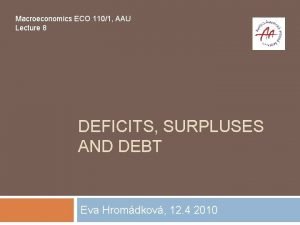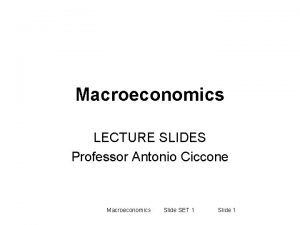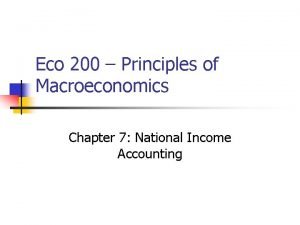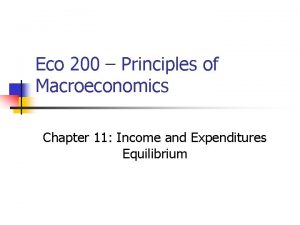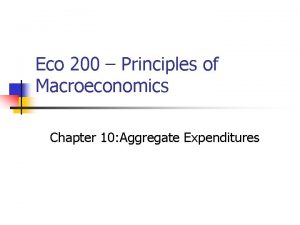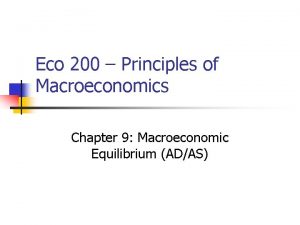ECO 104 Introduction to Macroeconomics Lecture 6 Chapter

























- Slides: 25

ECO 104: Introduction to Macroeconomics Lecture 6 Chapter 11: Fiscal Policy and the Federal Budget Naveen Abedin 1

Budget � Every government has a budget. The Government of Bangladesh releases a budget every year. � http: //www. mof. gov. bd/en/index. php? option =com_content&view=article&id=268&Itemid =1 � Every federal budget has two parts – Government Expenditures/Government Spending and Tax Revenues Naveen Abedin 2

Tax Revenue � The government imposes taxes and fees that generate revenue Naveen Abedin 3

Income Tax Structures Progressive Income Tax: Tax rate increases as a person’s taxable income increases. For Example, in Year 1, your annual income is Tk. 2 lakh, and the income tax rate charged on your income is 10%. In Year 2, your annual income increases to Tk. 3 lakh, and as a result, your income tax rate also increases to 15%. � Bangladesh maintains a progressive tax rate system: First 1, 65, 000/- Nil Next 2, 75, 000/- 10% Next 3, 25, 000/- 15% Next 3, 75, 000/- 20% Rest Amount 25% � http: //www. asiatradehub. com/bangladesh/tax. asp Naveen Abedin 4

Income Tax Structures (cont. ) � Proportional Income Tax/Flat Tax: The same tax rate is used for all income levels, i. e. the rate of tax is constant. If proportional income tax rate is 10%, then you pay 10% income tax, whether your income is TK. 1 lakh or TK. 10 lakh per year. � Regressive Income Tax: The tax rate decreases as a person’s taxable income level rises. In Year 1, your annual income was TK. 2 lakh, and your tax rate was 10%. In Year 2, your annual income increased to TK. 3 lakh, but your tax rate has decreased to 8%. Naveen Abedin 5

States of Government Budget � The government budget can be in one of these three states: 1) Budget Deficit: Government expenditures are greater than tax revenue 2) Budget Surplus: Tax revenues are greater than government expenditures 3) Balanced Budget: Government expenditures equal tax revenues � When the government is in a budget deficit, it means the government has to borrow funds. Naveen Abedin 6

Types of Deficits � Total Deficit = Structural Deficit + Cyclical Deficit � Structural deficit exists in an economy when the economy is operating at full employment � Cyclical Deficit occurs due to a downturn in economic activity. Initially the government is maintaining a balanced budget, i. e. GE = TR. If the economy falls into a sudden recessionary gap then Real GDP will fall and two effects will happen: 1) Tax revenue will fall (consumption, investment all falls) 2) Government transfer payments will rise (more unemployment benefits) As a result government expenditure will rise and tax revenue will fall, changing the budget from balanced to a deficit. Naveen Abedin 7

Public Debt � When the government is in a budget deficit, it has to borrow from different sources. Public debt/National debt/Federal debt is the amount that the federal government owes to its creditors. � Creditors are other governments, development agencies, etc. from whom the government has taken money as loan. Naveen Abedin 8

Value-Added Tax 1) � a. b. � � � Value-Added Value added is the difference between what a producer sells a final good for and what it pays for an intermediate good. A farmer gets some free wheat seeds from a government agricultural agency. He plants the seeds and harvests wheat. He then sells his wheat for $1 to a baker. Therefore: Sold final good for : $1 Bought intermediate good for : $0 Value Added = Selling price for final good – Buying price for intermediate good Value-Added = $1 - $0 = $1 Farmer gets to keep: $1 Naveen Abedin 9

Value-Added Tax (cont. ) 1. � � � 1. 2. Value-Added (cont. ) The baker bought the wheat from the farmer for $1, and used it to bake bread. He sells his bread for $1. 4. Value added = $1. 4 - $1 = $0. 4 He gets to keep $0. 4 There are two important points to notice about value-added The sum of the values added is equal to the price paid by the consumer for the bread. Value-added at each stage is equal to the profit or residual that the producer gets to keep Naveen Abedin 10

Value-Added Tax (cont. ) 2) Tax � VAT is tax applied to the value added at each stage of production. Suppose VAT is 10%, this means that 10% VAT is applied on the $1 value addition made by the farmer, and 10% VAT is applied on the $0. 4 value addition made by the baker. Total VAT is equal to $0. 1 + $0. 04 = $0. 14. � When VAT is introduced into the picture, the sellers respond accordingly by changing the price of sales. Naveen Abedin 11

Value-Added Tax (cont. ) � Since the farmer has to pay $0. 1 tax to the government on the wheat he sells to the baker, he will shift this tax over to the baker by charging him $1. 10 instead of $1 for the wheat. � The baker now has to pay $1. 1 to the farmer for the wheat, and a VAT of $0. 04 to the government. He will try to shift this increase in cost of production and the VAT to the consumers. The total price he charges consumers for his bread is $1. 4 + $0. 1 + $0. 04 = $1. 54 � Although VAT is charged to producers at each step of sales, producers simply shift this tax to consumers in the form of higher prices. Hence VAT is also known as a sales tax. Naveen Abedin 12

Fiscal Policy � This is the use of Government Expenditures and Tax Revenue to achieve economic stability, reduce unemployment and promote economic growth. � Expansionary Fiscal Policy: Government expenditures are up and/or taxes are down � Contractionary Fiscal Policy: Government expenditures are down and/or taxes are up � Discretionary Fiscal Policy: When the government deliberately/intentionally brings about changes in expenditure and taxes, fiscal policy is discretionary. � Automatic Fiscal Policy: When changes in expenditures or taxes occur automatically in response to economic situations. Naveen Abedin 13

Demand-Side Fiscal Policy � Fiscal policy that affects aggregate demand through changes in Government Purchases (G) and Taxes (T) is known as Demand-Side Fiscal Policy � AD = C + I + G + NX � If G increases, AD increases (rightward shift) � If taxes(T) increases, that affects both C and I negatively, causing AD to decrease (leftward shift). Naveen Abedin 14

Keynesian Economics and Fiscal Policy � Keynesian economists believe that the economy is not selfregulating. So if it in a recessionary gap, then it will need the help of the government to return to long-run equilibrium. Naveen Abedin 15

Crowding-out Effects � Crowding out is a decrease in private expenditures (consumption, investment) as a consequence of increased government spending or financing needs of a budget deficit. Crowding out can occur in two ways: � Direct crowding out effect � Indirect crowding out effect Naveen Abedin 16

Crowding-out Effects (cont. ) Types of Crowding Out Effects � If government spends $2 million more on public libraries but that does not reduce the consumption of books from bookstores by even $1, then there is no crowding out effect. ∆G > 0; ∆C =0 � If the government spends $2 million more on public libraries and as a result people spent $2 million less on books bought in bookstores then there is complete crowding out effect, meaning the degree of crowding out is dollar for dollar. ∆G > 0; ∆C < 0, where ∆G = |∆C| � If the government spends $2 million on public libraries but that causes consumers to spend $1. 2 million less on books from bookstores then we have incomplete crowding out effect. ∆G > 0; ∆C < 0, where ∆G > |∆C| Naveen Abedin 17

Crowding-out Effects (cont. ) � In the event of complete or incomplete crowding out effect, expansionary fiscal policy will have less impact on aggregate demand Real GDP than Keynesian theory predicts. Naveen Abedin 18

Lag Effects � Data Lag: It takes some time to realize that the economy is unstable due to time it takes to collect relevant data. � The Wait-and See Lag: Economists usually wait for some time to see if the economy does recover itself � The Legislative Lag: Take majority vote in parliament � Transmission Lag: It takes time to implement the policy, i. e. communicate and apply the changes � The Effectiveness Lag: Takes time for the actual policy effect to sink in into the economy - just because government expenditure increased this week does not mean AD will shift right next week Naveen Abedin 19

Lag Effects (cont. ) Naveen Abedin 20

Supply-side Fiscal Policy � Marginal tax rate is the change in a person’s tax payment divided by the change in the person’s taxable income. � As marginal tax rate of individuals decreases, people are more encouraged to engage in productive activities rather than succumb to leisure and tax-avoidance activities. For example, if Person A’s income increases by $1, and she has to pay a tax of $0. 28 on her additional $1 income, then her marginal tax rate is 28%. Naveen Abedin 21

Supply-side Fiscal Policy � As the marginal tax rate decreases the incentive to engage in productive activities increases. The effect of this on the economy will be a rightward shift of the SRAS curve, which will allow the economy to reach stability. � If the marginal tax rate is permanently low, this might even allow the LRAS curve to shift rightward. Naveen Abedin 22

Laffer Curve � The reason why SRAS shifts right if marginal tax rate decreases can be explained by the Laffer curve. � Laffer curve is a very famous curve in macroeconomics that shows the relationship between tax rate and tax revenue. There are three construction points to the Laffer curve: 1) There will be no tax revenue at marginal tax rates 0% and 100%. 2) An increase in tax rate could cause the tax revenue to increase. 3) A decrease in tax rates could cause tax revenues to increase. Naveen Abedin 23

Laffer Curve (cont. ) � Tax Revenues = Tax base × (average) Tax Rate � Tax base is the total amount of taxable income in the economy. � For example, if tax rate is 20% and tax base is $100 billion, then Tax Revenues will equal to TR = $100 billion × 0. 2 = $20 billion � Case 1: Suppose tax rate decreased from 20% to 15% - a 25% reduction in tax rate. This causes tax base to expand from $100 billion to $120 billion. Tax revenue drops to $18 billion. � Case 2: Tax rate drop by 25% from 20% to 15%. This causes the tax base to expand from $100 billion to $150 billion, which is a 50% increase in tax base. This causes tax revenue to increase to $22. 5 billion. Naveen Abedin 24

Laffer Curve (cont. ) � If the economy is on the downward sloping portion, a reduction in tax rate causes tax revenue to increase. If the economy is on the upward sloping portion of the curve, a reduction in tax rate causes tax revenues to decrease. Naveen Abedin 25
 Secuencia eco gradiente
Secuencia eco gradiente 01:640:244 lecture notes - lecture 15: plat, idah, farad
01:640:244 lecture notes - lecture 15: plat, idah, farad Conclusion of eco club
Conclusion of eco club Chapter 31 open economy macroeconomics
Chapter 31 open economy macroeconomics Macroeconomics chapter 7
Macroeconomics chapter 7 Macroeconomics chapter 8
Macroeconomics chapter 8 Macroeconomics chapter 23
Macroeconomics chapter 23 Introduction to biochemistry lecture notes
Introduction to biochemistry lecture notes Introduction to psychology lecture
Introduction to psychology lecture Introduction to algorithms lecture notes
Introduction to algorithms lecture notes Cmsc 104 umbc
Cmsc 104 umbc Programa 104
Programa 104 Lativ104
Lativ104 Calculus with analytic geometry examples
Calculus with analytic geometry examples Odette building 104
Odette building 104 Who is this
Who is this Opw 687
Opw 687 Gg 104
Gg 104 Cct 104
Cct 104 Aphorism 83 to 104
Aphorism 83 to 104 Cao 104
Cao 104 Cao 104 voorbeelden
Cao 104 voorbeelden Baby i'm foolish maybe i'm blind
Baby i'm foolish maybe i'm blind Csci 104 usc syllabus
Csci 104 usc syllabus How to solve conversion problems
How to solve conversion problems I 102 104
I 102 104
